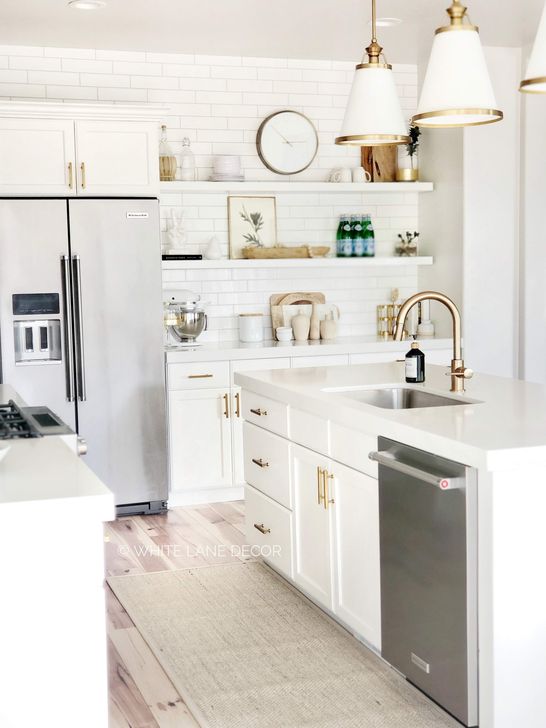The advantage of creating a neutral kitchen is that the color element is relatively easy to work with in relation to all the other materials and fittings that the kitchen has a house.
Adopting a neutral palette involves using a limited range of color, from creams to grey and brown, blending subtle tints with subtle finishes and leaving aspects of color to be added by the ever-changing kitchen accessories, including food, pots and pans, and storage jars.
Pick out colors that relate to the intrinsic ingredients of the kitchen such as wicker, terracotta and patinated wood bleached by years of cleaning. The quality of hard materials is pivotal to creating a modern architectural emphasis, and so neutral foundation should be exploited by using sleek, metallic finishes such as gleaming stainless steel and satin aluminum, or ultra-modern white ware equipment.
These will act as visual accents and embellish the background. Heavy duty industrial flooring and unusual tiling will lend the scheme visual weight. To create a more rustic look, choose matte materials in shades of oatmeal, bran and barley.
Lighting can be used to accentuate textural elements in the room and to highlight some areas while subduing others, depending on either social or practical use. Understandably, many people regard cooking as a deeply focused and therapeutic activity, and therefore it is important for them to have the well ordered, soothing surroundings that are a neutral approach within the kitchen helps to promote.
Out of all the rooms within a home, the kitchen has the largest scheme will accentuate and exploit this element. For example, limed oak cupboards contrast well with slate working surfaces. The harshness of a marble kitchen table could be partnered with the comfort of wicker chairs.




































